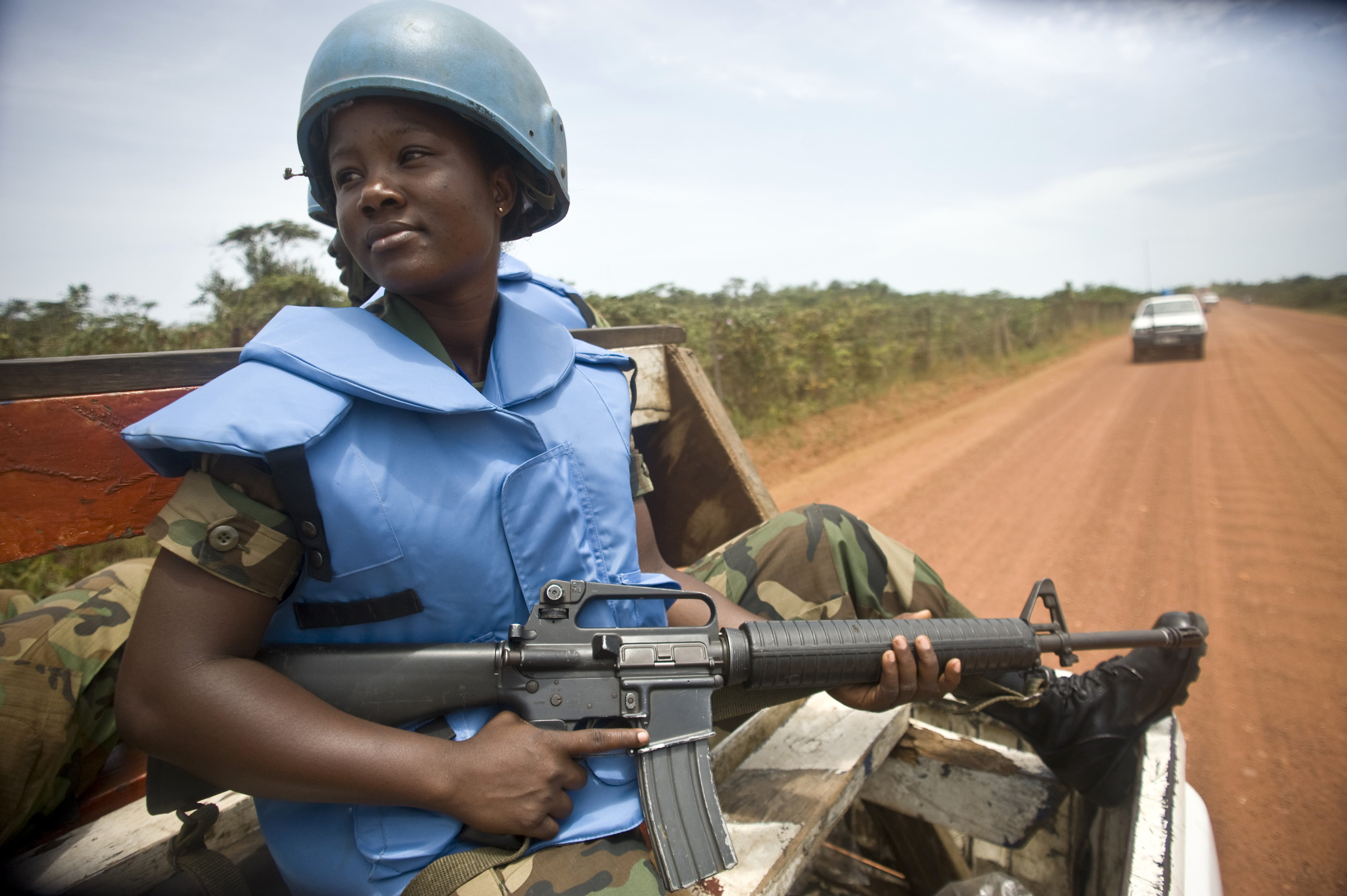Today’s chart comes from the Government Accountability Office of the United States. (These are the number crunchers of the US government who provide cost estimates and actuarial advice to policy makers in Congress and the executive branch.)
Last year, Congress asked the GAO to compare the cost of a UN peacekeeping mission with the cost of a similar US military deployment. Congress wanted to know how much a hypothetical deployment of US troops would cost compared to the deployment of UN peacekeepers to a global hotspot.
The GAO selected the United Nations Peacekeeping Mission in the Central African Republic, known as MINUSCA as the mission to test this question.
MINUSCA is a fairly typical modern UN mission. Like the plurality of UN missions it is in sub-saharan Africa. It is “multi-dimensional,” meaning it combines humanitarian and security objectives, and it is also of average cost and troop size.
As of last June, there were about 10,000 personnel deployed to the mission at a cost, since 2014, of $2.4 billion. The GAO calculated that a similarly-sized hypothetical deployment of US troops to the Central African Republic would cost $5.7 billion. And since the costs of UN peacekeeping are spread throughout UN member states, actual the price-tag to the United States for the cost of MINUSCA is about $700 million.
This means that this peacekeeping operation is about eight times less costly to the United States treasury than a hypothetical deployment of US troops to the Central African Republic.


Why is UN Peacekeeping So Cost Effective For the United States?
The main reason that UN Peacekeeping is relatively cheap for the United States is that the US government only picks up about 28% of the tab–a figure that will decrease to 27% next year. To be sure, this makes the United States the single largest financial contributor to UN Peacekeeping. But it also means that the rest of the world covers 72% of the total costs.
The GAO report also found that UN peacekeeping is able to achieve significant savings because it adopts a fairly thrifty approach to personnel and equipment costs. For example, the GAO found that the US would be required to airlift nearly all the water used by US troops and civilian personnel for the hypothetical deployment to CAR. Meanwhile the United Nations procures water locally. The UN also saves money on more rudimentary things, like laundry and barracks.


These cost savings do come at a price. Unlike a US deployment, the UN tends to have limited intelligence capacity. Also, because US troops stand at the ready and UN has no standing army, US troops are able to deploy to theater far quicker than a comparable UN force. Still, the GAO report does identify some comparable advantages of UN Peacekeeping beyond the significant cost savings. For one, the GAO report says that the UN mission is likely to be viewed as more legitimate because the UN has broad international acceptance and is viewed as impartial. Also, the UN is more able to tap into a global network of technical experts that is unavailable to the US military. Finally, the UN is better at leveraging financial assistance for long term nation building efforts from multilateral donors and development banks, according to the report.
Why Does a Report Like this Matter?
There is an implicit understanding in the United States’ approach to UN Peacekeeping: the United States deploys very few boots on the ground, but instead provides the bulk of the financial support for each mission. This report makes clear that the money the US pays into UN Peacekeeping comes at a significant bargain.
That’s important because US funding for the United Nations, including UN Peacekeeping, may be on the chopping block. Earlier this year, US Ambassador to the UN Nikki Haley touted budget cuts to UN peacekeeping as a way to save taxpayer dollars. Meanwhile, the Trump Administration will likely release its budget request in the coming week, which sets the administration’s funding priorities for the fiscal year. There is a significant possibility that the Trump administration may seek to further reduce US financial support for UN peacekeeping and other UN operations around the world.
These cuts could impact Peacekeeping operations worldwide. The UN has about 100,000 peacekeepers deployed to 16 missions, at a cost of $8 billion in 2017. Some of these places are more directly impactful on US national security interests. Some are more ancillary. But in each case, the United States — as a veto wielding member of the Security Council — must determine whether Peacekeepers are an appropriate response to the crisis. In order for a UN Peacekeeping mission to deploy it must, ispo-facto, be approved by the United States.
“The study is further evidence that continued engagement with the United Nations is not only in our
national security interests but also very much in our economic interests,” Peter Yeo, President of
the Better World Campaign* said in a statement upon release of the report. “By supporting UN Peacekeeping efforts, the U.S. saves money and doesn’t have to put its own boots on the ground – it’s a win-win.”
This report demonstrates that UN peacekeeping is a bargain: The US keeps a light footprint while helping to keep a lid on conflicts around the world–conflicts that could metastasize and sow instability across border sand throughout entire regions. Peacekeeping is a low-cost solution when the alternatives would be either letting a conflict spiral out of control, or sending in the Marines. In this context, further cuts to UN peacekeeping come at a significant price — would not end up saving the US treasury much money either.
